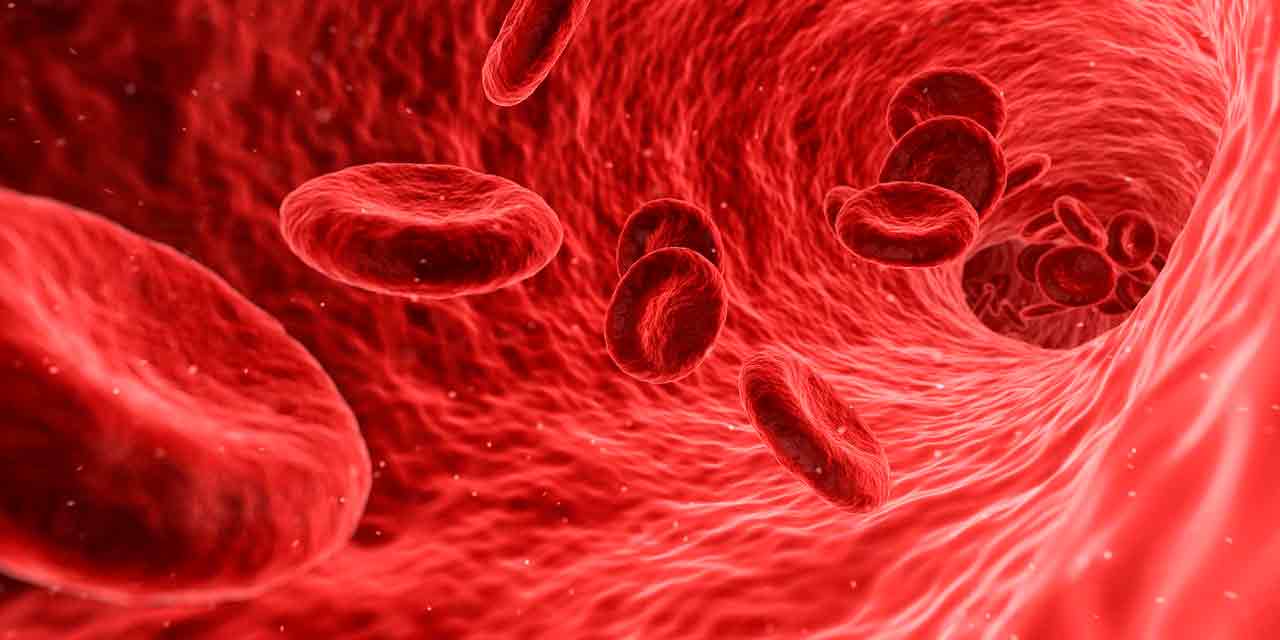
Sickle cell anemia is a genetic blood disease characterized by a change in the shape of red blood cells.
+ Digital Influencer Jeane Passos Dies After Complications from Sickle Cell Anemia
Normally, red blood cells have a flexible, rounded disc shape, which facilitates their movement through blood vessels.
However, in sickle cell anemia, these cells take on a shape similar to a sickle (hence the name “sickle cell”) or crescent, which can cause various health problems.
This condition results from a mutation in the gene that instructs the production of hemoglobin, the protein responsible for transporting oxygen in the blood. The altered form of hemoglobin, known as hemoglobin S, causes the red blood cells to be rigid and sticky.
The main problems associated with sickle cell anemia include:
Chronic Anemia:
Due to their abnormal shape, sickle-shaped red blood cells are destroyed more quickly than normal red blood cells, leading to anemia.
Episodes of Pain:
The abnormal shape of the cells can cause obstruction in blood vessels, leading to painful episodes known as sickle cell crises.
Complicated Health Problems:
Patients with sickle cell anemia may suffer from complications such as organ damage, increased risk of infections, and lung problems.
Risks in Specific Situations:
Certain situations, such as low oxygen levels, dehydration, or high altitudes, can exacerbate the symptoms.
The treatment of sickle cell anemia involves managing symptoms and preventing complications. This may include pain medications, hydroxyurea (to reduce the frequency of pain crises), vaccinations, and antibiotics to prevent infections, and in some cases, blood transfusions or a bone marrow transplant.
It is important to note that sickle cell anemia is a hereditary disease, passed from parents to children. When both parents have the disease gene, each child has a 25% chance of inheriting the condition. Therefore, genetic counseling is recommended for families with a history of the disease.
Source: WHO, CDC

